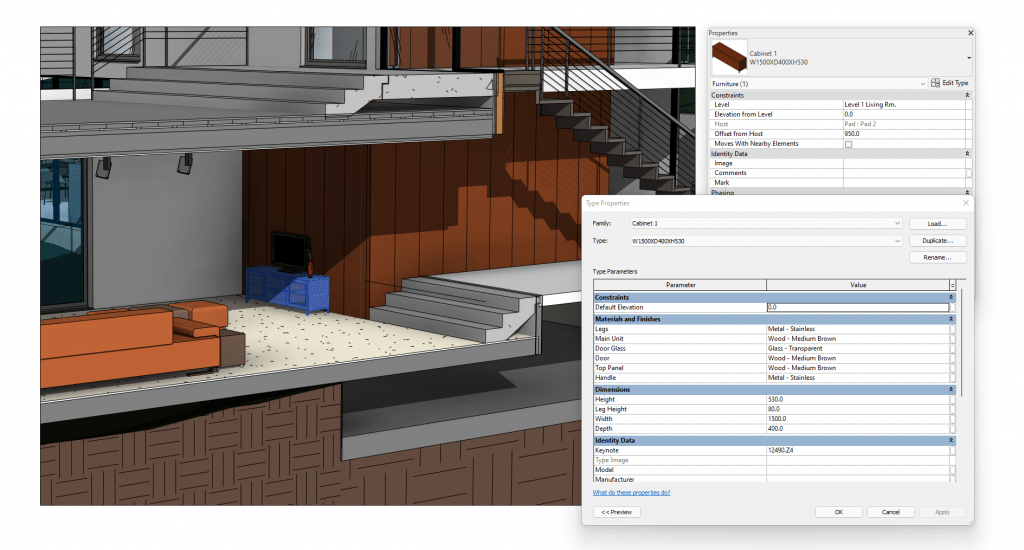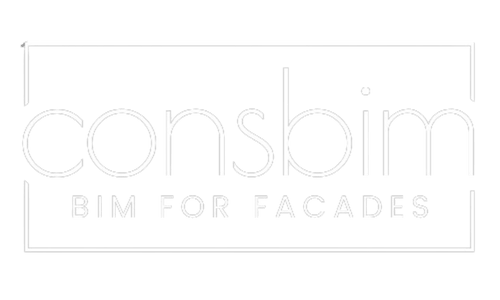BIM – Revolution or Evolution?
For many years we have seen a change in the approach to projects in the construction industry. The new concept is based on structured data management – BIM.
Data collection is usually carried out using a 3D model as a database. The data has a graphical representation – showing the structural elements of the object as well as its equipment. It is the individual BIM objects that are stuffed with the information necessary for the project – its implementation, production costs and facility management.

BIM families
Autodesk – the manufacturer of one of the programs for BIM projects, calls its objects – families. These are representations of building elements – walls, windows, doors. The information contained in them refers to their geometrical properties (height, width), visual characteristics (finish, materials) and physical properties (heat conduction, light). The data thus collected is an excellent source for further analysis.

The new marketing space
Families are used by architects, builders, specialist designers who are looking for sources of information about building products. The BIM process is a great opportunity to integrate the communities that gather around the construction industry. Architects and engineers need information. Manufacturers need to reach them with their products using this marketing space.
How do I reach designers?
If your brand is widely recognised professionals contact you or reach out to you directly (most likely through your website) to download your BIM objects because they already knew you, heard about you or you were recommended to them.
If I am not the market leader?
If you are not a market leader then nothing is missed! Designers search BIM object websites to access specific BIM objects for products (e.g. HVAC system, doors, faucets) because they currently have no knowledge or preference for specific manufacturers, and obtaining BIM objects for these products saves them time. They use a resource that allows them to analyse quickly and is convenient to use. Placing such a component in a project gives a very good chance of selling it later and using it in implementation.
To get the best results with BIM objects, here are some simple tips to help you sell better.
- Create effective BIM objects. High-quality BIM objects will be eagerly used by a whole host of designers. But does high quality mean good looks? Nothing could be further from the truth. The main feature of good quality BIM objects is their usability. This involves creating objects that will carry information about product features in addition to the geometry that is used for design. Never again make a designer waste time looking for information in product sheets.
- Understand the needs of your target group. Include in the model the information that is necessary for your potential customer. If you’re producing doors, in addition to the basic dimensions, add the width of the door opening, which is extremely helpful when analysing fire escape routes, for example. The required opening dimensions can also be helpful for contractors.
- Take care of the health of your objects. You know you need to provide information for your clients, but don’t let it occur to you to rewrite the entire technical sheet. This is a trap that results in a decrease in the usability of your object. How is this possible? Searching for the necessary parameters in a list of 100+ items is not only inconvenient but also very time consuming! On top of that, another issue…
- Take care of file size. This seemingly insignificant issue, despite the use of extremely powerful computers, has often thwarted designers’ plans. Multiple use of a component multiplies the size of the whole project causing its performance to decrease. It is better to forget about high details and lots of unnecessary information in favour of efficiency!
- Think of the possibilities! Think about it, could it be your facility that enables designers to perform a complex analysis that will change the game of design?

